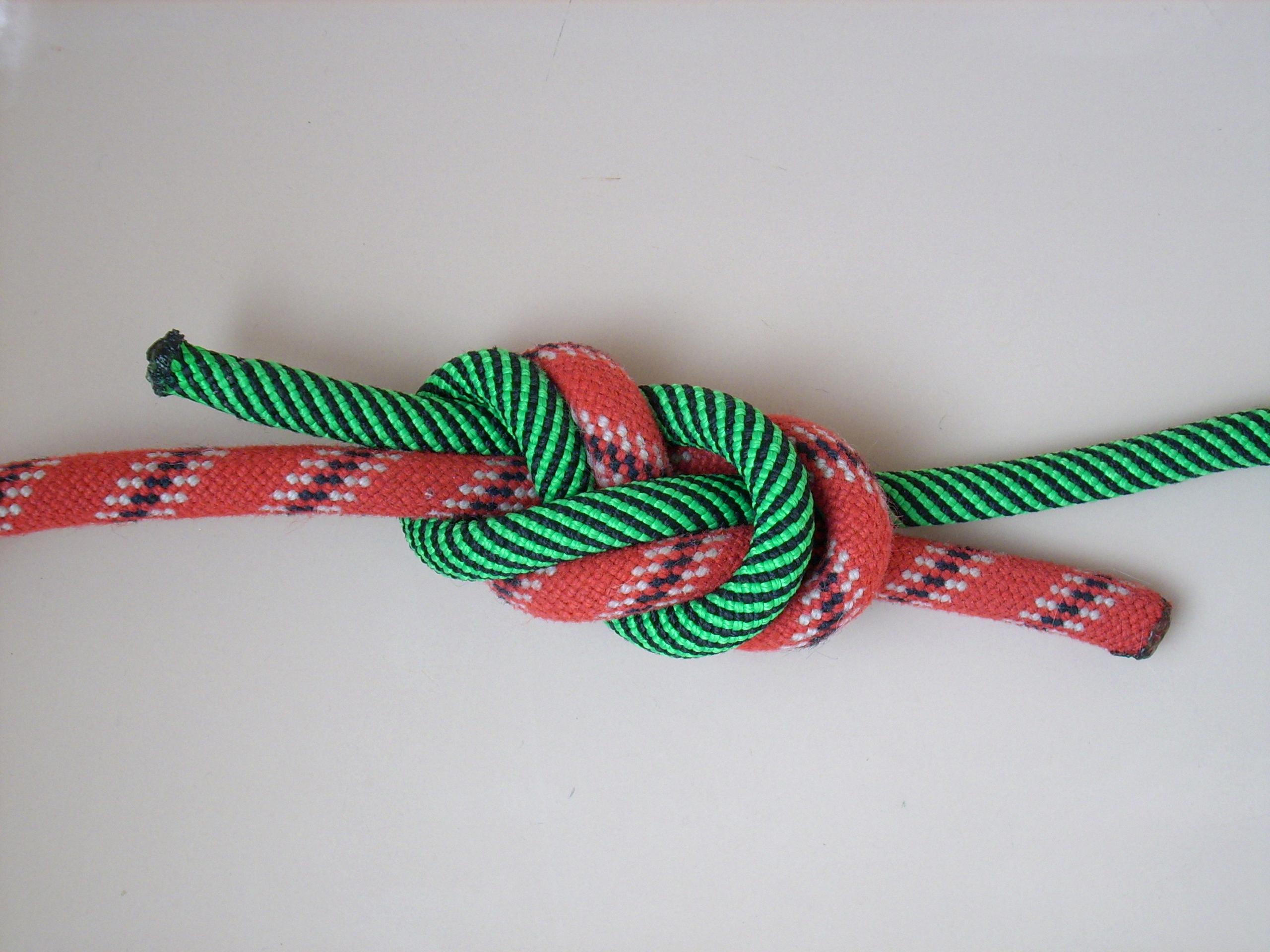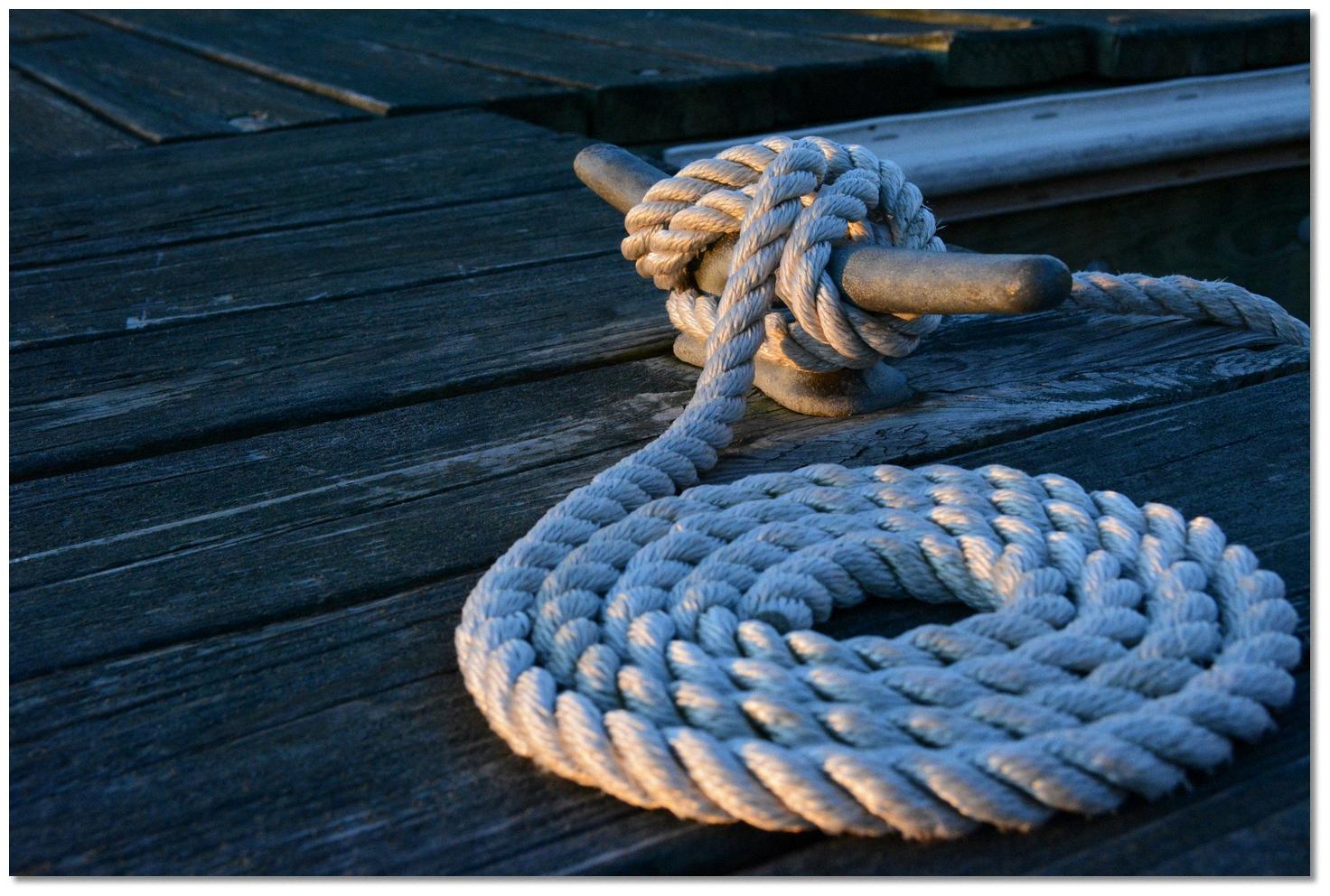Flemishing is a nautical term that refers to the coiling of a rope in a neat, flat spiral. This technique is commonly used by sailors, fishermen, and other seafarers to organize and store their ropes. Flemishing not only keeps the ropes tidy but also prevents them from becoing tangled or knotted, which can be a safety hazard on a ship.
To flemish a rope, you need to start by laying it out straight on a flat surface. Then, take one end of the rope and make a small loop, which you will hold between your thumb and forefinger. Next, use your other hand to make a larger loop in the rope, which you will hold with your other hand. Continue making larger loops until you have coiled the entire length of the rope.
As you make each loop, be sure to lay it neatly on top of the previous loop, with no twists or kinks in the rope. This will ensure that the rope lays flat and is easy to store. Once you have coiled the entire rope, you can secure it with a rope tie or a piece of twine to keep it from unraveling.
Flemishing is an important skill for anyone who works with ropes, as it helps prevent accidents and keeps ropes in good condition. It also makes it easier to transport ropes from one location to another, as they can be stacked neatly and take up less space.
In addition to its practical benefits, flemishing can also be a source of pride for sailors and fishermen, who take great care in coiling their ropes. A well-flemished rope is a sign of a skilled seafarer, and is often admired by those who know the craft.
Flemishing is a simple yet important technique for anyone who works with ropes. By taking the time to coil your ropes neatly and correctly, you can prevent accidents and keep your ropes in good condition. Whether you are a seasoned sailor or a novice fisherman, mastering the art of flemishing is sure to make your life on the water easier and more enjoyable.
The Role of Flemish on a Ship
A Flemish, in nautical terminology, is a type of coil used for ropes on a ship. It is a neat and flat spiral coil that is commonly used to store and manage ropes when not in use. A Flemish coil is especially useul when dealing with long ropes, as it helps to prevent entanglement and tangling. In addition, it makes it easier to handle the rope, as it can be quickly and efficiently uncoiled when needed. The term “Flemish” is believed to have originated from the Flemish seafarers who were known for their expertise in rope handling during the medieval period. Today, the Flemish coil is still used on ships and is an essential part of rope management on any vessel.

Source: en.wikipedia.org
The Meaning of a Flemished Rope
A Flemished rope, also known as a Flemish coil, is a rope that has been neatly and tightly arranged into a flat spiral coil. This type of coiling is commonly used in nautical settings to store and transport ropes aboard a ship. The Flemish coil is created by laying the rope in a circular motion, with each loop tightly packed against the previous loop. This method of coiling not only keps the rope organized but also helps to prevent kinks and tangles, making it easier to handle and use the rope when needed. The Flemish coil is an important technique for sailors to master, as it is a practical and efficient way to store and transport ropes while out at sea.
The Origin of the Name ‘Flemish’
The term “Flemish” has its origins in the medieval County of Flanders, which was located in present-day Belgium, France, and the Netherlands. All the inhabitants of this region were referred to as “Flemings” regardless of ther ethnicity or language. Flanders was a prosperous and influential region during the Middle Ages, known for its thriving trade, cloth production, and art. The term “Flemish” became synonymous with the region’s culture, language, and people, and it has been used ever since to describe the people and culture of Flanders. Today, the term “Flemish” is most commonly used to refer to the Dutch-speaking inhabitants of the Flanders region of Belgium, who are known for their distinctive language, culture, and traditions.
The Origin of the Term ‘Bark’ for Ships
Ships are not commonly referred to as “barks”, as this term is an obsolete and uncommon one. However, the word “bark” is used to refer to a specific type of sailing vessel that was common in the 18th and 19th centuries. The term “bark” is believed to have originated from Celtic languages, and was adopted by English, lkely from Irish. The Latin term for this type of vessel was “barca”, which also gave rise to the French words “barge” and “barque”. In modern usage, the term “bark” generally refers to a sailing vessel with three masts, where the foremast and mainmast are square-rigged, and the mizzenmast is fore-and-aft rigged. The bark was a popular vessel for long-distance trade and exploration in the 19th century, due to its large cargo capacity and versatility.
The Origin of the Term ‘Flaking a Rope’
The term “flaking a rope” comes from the process of coiling a rope into a series of flat loops, much like the layers of a pastry. This technique is commonly used for storing and transporting ropes, as it helps to prevent kinks and tangles that can weaken the rope or make it difficult to use. The term “flake” can also refer to a single loop or turn in the rope, as well as to the entire coiled length. Flaking a rope is an important skill for anyne who works with ropes, as it ensures that the rope remains in good condition and is easy to handle when needed.

Source: eoceanic.com
Flaking a Rope: What Does It Mean?
To flake a rope means to carefully lay out the rope in a series of flat, even coils, in preparation for it to be used. This process ensures that the rope is neatly organized and free of tangles or knots that culd impede its use. When a rope is flaked properly, each section of the rope is neatly arranged on top of the previous section, allowing it to be easily pulled off the pile without any entanglement. This is important for ensuring that the rope can be quickly and easily used in emergency situations, or when time is of the essence. Flaking a rope is a common practice in many industries, including maritime, construction, and emergency services, and is an important skill for anyone who works with ropes to master.
Conclusion
Flemishing is a nautical term that refers to the process of coiling a rope into a neat, flat spiral coil. This technique is commonly used by sailors and seamen to keep their ropes organized and prevent them from beoming tangled or damaged. Flemishing is an important skill for anyone working in the maritime industry, as it helps to ensure the safety and efficiency of a ship’s operations. By mastering the art of flemishing, sailors can ensure that their ropes are always ready for use and that they can quickly respond to any emergency situations that may arise. flemishing is an essential technique that plays a crucial role in the smooth functioning of any vessel at sea.
